Boat Engine Cooling System Maintenance Guide

Your boat's engine cooling system is one of the most critical yet often overlooked components of your vessel's propulsion system. Unlike cars that use air-cooled radiators, marine engines operate in a much more demanding environment and rely on specialized cooling systems to maintain optimal operating temperatures. Proper cooling system maintenance is essential for preventing overheating, extending engine life, and ensuring reliable performance on the water. This comprehensive guide will walk you through understanding, maintaining, and troubleshooting your boat's cooling system to keep your engine running at peak efficiency.
Understanding Marine Cooling Systems
Before diving into maintenance procedures, it's important to understand the different types of marine cooling systems and how they function:
Types of Marine Cooling Systems
Raw Water (Open) Cooling Systems
Raw water cooling systems draw water directly from the body of water you're boating in and circulate it through the engine block and exhaust manifolds to absorb heat before discharging it back into the environment.
Key components:
- Water intake/seacock
- Raw water strainer
- Raw water pump (impeller pump)
- Water passages in engine block and exhaust manifolds
- Thermostat
- Discharge outlets
Advantages:
- Simpler design with fewer components
- Lower initial cost
- Lighter weight
- No need for coolant changes
Disadvantages:
- Increased corrosion risk, especially in saltwater
- Mineral deposits can clog cooling passages
- Engine runs at lower temperatures, potentially reducing efficiency
- More vulnerable to debris clogging
Closed Cooling Systems (Freshwater/Heat Exchanger)
Closed cooling systems use a heat exchanger (similar to a car's radiator) to transfer heat from a closed loop of circulating coolant (typically a water/antifreeze mixture) to raw water that's drawn from outside the boat.
Key components:
- Raw water intake/seacock
- Raw water strainer
- Raw water pump (impeller pump)
- Heat exchanger
- Freshwater pump (circulating pump)
- Expansion tank
- Thermostat
- Oil cooler (often integrated)
- Discharge outlets
Advantages:
- Reduced internal engine corrosion
- More consistent engine operating temperatures
- Better protection in freezing conditions
- Typically longer engine life
- Better protection against debris and contaminants
Disadvantages:
- More complex with additional components
- Higher initial cost
- Requires periodic coolant changes
- Additional maintenance requirements
Keel Cooling Systems
Less common in recreational boats but found on some commercial vessels, keel cooling systems use external heat exchangers (pipes or channels) mounted to the hull below the waterline to transfer heat from the closed cooling system to the surrounding water.
Key components:
- Keel cooler (external heat exchanger)
- Freshwater pump (circulating pump)
- Expansion tank
- Thermostat
Advantages:
- No raw water intake required
- Reduced risk of debris clogging
- No impeller to maintain
- Better for operation in debris-filled or shallow waters
Disadvantages:
- Vulnerable to damage from grounding
- Less efficient in some conditions
- Difficult to retrofit to existing boats
- Can affect draft and performance

How Marine Cooling Systems Work
Raw Water System Operation
- Water enters through the intake/seacock below the waterline
- Passes through a raw water strainer to remove debris
- The raw water pump (impeller type) draws water and pressurizes the system
- Water flows through the engine block and exhaust manifolds, absorbing heat
- The thermostat regulates water flow based on engine temperature
- Heated water exits through the exhaust system, typically mixing with exhaust gases
- The "tell-tale" stream indicates proper water flow (on outboards)
Closed Cooling System Operation
-
Raw water circuit:
- Water enters through the intake/seacock
- Passes through a raw water strainer
- The raw water pump draws water into the system
- Water flows through the heat exchanger, absorbing heat from the coolant
- May also flow through transmission coolers or other heat exchangers
- Exits through the exhaust system
-
Freshwater/coolant circuit:
- The freshwater pump circulates coolant through the engine block
- Coolant absorbs heat from the engine
- The thermostat regulates coolant flow based on temperature
- Heated coolant flows to the heat exchanger
- Heat transfers from coolant to raw water in the heat exchanger
- Cooled coolant returns to the engine
- The expansion tank accommodates coolant expansion and contraction
Understanding your specific cooling system type is essential for proper maintenance. Check your engine manual or consult with a marine technician if you're unsure which system your boat uses.
For cooling system components specific to your engine, browse our collections for Yamaha cooling systems, Mercury cooling systems, or Volvo Penta cooling systems.
Essential Cooling System Maintenance
Regular maintenance is crucial for preventing cooling system failures and extending engine life:
Raw Water System Maintenance
Water Intake and Strainer
Maintenance tasks:
- Inspect and clean the raw water strainer before each use
- Check seacock operation monthly
- Inspect intake grates for marine growth or debris
- Ensure strainer basket is intact and properly seated
- Check for leaks around strainer housing and seals
Frequency:
- Visual inspection before each use
- Thorough cleaning monthly or more frequently in debris-filled waters
- Seacock exercise (open/close) monthly
Raw Water Pump and Impeller
Maintenance tasks:
- Replace impeller according to manufacturer's schedule
- Inspect impeller housing for wear or corrosion
- Check impeller drive key/shaft for wear
- Inspect and replace wear plate if worn
- Check for signs of water leakage around pump shaft seal
- Lubricate pump shaft if required
Frequency:
- Impeller replacement: Annually or every 200 hours (whichever comes first)
- More frequent replacement for commercial use
- Immediate replacement if any damage is suspected
- Inspection whenever pump is disassembled
Impeller replacement tips:
- Always carry a spare impeller onboard
- Lubricate new impellers with appropriate water pump grease
- Verify all impeller vanes are intact after removal
- If vanes are broken, locate and remove fragments from the cooling system
- Replace gaskets and O-rings when servicing the pump
- Follow proper torque specifications when reassembling
Find quality water pump impellers in our water pump impeller collection.
Flushing the Raw Water System
Maintenance tasks:
- Flush engine with fresh water after each use in saltwater
- Use manufacturer-approved flushing attachments
- Ensure proper water flow during flushing
- Run engine at idle only during flushing (unless specified otherwise)
- Consider periodic descaling for mineral deposit removal
Frequency:
- After each use in saltwater
- Every 3-5 uses in freshwater
- Descaling as needed based on operating conditions
Flushing procedure:
- Attach flushing device according to manufacturer instructions
- Turn on water supply before starting engine
- Start engine and let it run at idle
- Flush for 5-10 minutes or as specified by manufacturer
- Shut off engine before turning off water supply
- Remove flushing device and reconnect any components
Zincs/Anodes
Maintenance tasks:
- Inspect sacrificial anodes in cooling system
- Replace when 50% or more consumed
- Ensure good metal-to-metal contact
- Clean mounting surfaces when replacing
- Use correct anode material for your operating environment
Frequency:
- Inspection every 3-6 months
- More frequent in saltwater
- Replace as needed based on wear rate

Closed Cooling System Maintenance
In addition to all raw water system maintenance (as the raw water side still exists), closed systems require:
Coolant Maintenance
Maintenance tasks:
- Check coolant level regularly
- Inspect coolant color and condition
- Test coolant freeze protection and corrosion inhibitors
- Replace coolant according to schedule
- Use marine-grade antifreeze/coolant
- Maintain proper coolant mixture ratio (typically 50/50)
Frequency:
- Level check before each use
- Visual inspection monthly
- Coolant replacement every 2-3 years or per manufacturer recommendation
- Testing annually
Coolant replacement procedure:
- Ensure engine is cool
- Locate and open drain points
- Collect old coolant in appropriate containers
- Close drains after complete drainage
- Flush system with clean water if recommended
- Prepare proper coolant mixture
- Fill system according to manufacturer specifications
- Run engine to circulate coolant and check for leaks
- Top off as needed after initial run
Heat Exchanger Maintenance
Maintenance tasks:
- Inspect for external corrosion or damage
- Check end cap gaskets for leaks
- Clean raw water side of heat exchanger
- Inspect zinc anodes in heat exchanger
- Pressure test if internal leaks are suspected
Frequency:
- External inspection annually
- Cleaning every 3-5 years or as needed
- More frequent in high-sediment or saltwater environments
Cleaning procedure:
- Remove end caps
- Extract and inspect zinc anodes
- Use appropriate cleaning rod to clear tubes
- Flush with cleaning solution if necessary
- Rinse thoroughly
- Install new gaskets and zincs
- Reassemble and pressure test if possible
Freshwater Pump
Maintenance tasks:
- Check for leaks around shaft seal
- Inspect belt tension and condition (if belt-driven)
- Listen for unusual noises indicating bearing failure
- Check mounting hardware for tightness
Frequency:
- Visual inspection annually
- Belt inspection every 100 hours or annually
- Replacement as needed based on condition
Expansion Tank
Maintenance tasks:
- Check coolant level
- Inspect cap for proper operation
- Ensure pressure relief functions correctly
- Check for cracks or damage
Frequency:
- Level check before each use
- Cap inspection annually
- Pressure testing every 2-3 years
Thermostat Maintenance

Both raw water and closed cooling systems use thermostats:
Maintenance tasks:
- Test thermostat operation
- Inspect for corrosion or damage
- Check gasket condition
- Verify proper temperature rating
Frequency:
- Inspection every 2 years
- Replacement every 3-5 years or if operation is questionable
Testing procedure:
- Remove thermostat
- Place in water and heat gradually
- Observe opening temperature (should match rating)
- Verify complete opening
- Allow to cool and verify closing
- Replace if operation is inconsistent
Find the correct thermostat for your engine in our marine thermostat collection.
Seasonal Cooling System Care
Proper seasonal maintenance prevents damage and ensures reliability:
Spring Commissioning
- Inspect all cooling system components for winter damage
- Check hoses for cracks, softness, or hardening
- Verify all hose clamps are tight
- Replace raw water pump impeller if not done during winterization
- Check coolant level and condition (closed systems)
- Inspect zincs/anodes and replace if necessary
- Clean raw water strainer
- Verify seacock operation
- Check belt tension (if applicable)
- Run engine and verify proper water flow
- Check for leaks throughout the system
- Monitor temperature gauge for proper operation
Summer Operation
- Check raw water strainer before each use
- Monitor temperature gauge during operation
- Verify water flow from tell-tale (outboards)
- Flush with fresh water after saltwater use
- Inspect for leaks regularly
- Listen for unusual pump noises
- Check coolant level before extended trips
Winter Storage/Winterization
Raw Water Systems
- Flush thoroughly with fresh water
- Drain all water from the system
- Fill with non-toxic antifreeze using appropriate method:
- Fogging through intake
- Using flushing attachment
- Through strainer after removing hose
- Run engine briefly to distribute antifreeze
- Replace water pump impeller (optional, but recommended)
- Close seacock
Closed Cooling Systems
- Check coolant for proper freeze protection (typically -30°F/-34°C)
- Top up or replace coolant if necessary
- Winterize raw water side as described above
- Consider replacing zincs/anodes
- Inspect for leaks or damage
For detailed winterization procedures, see our guide to boat engine winterization.

Troubleshooting Cooling System Problems
Identify and resolve these common cooling system issues:
Engine Overheating
Possible causes:
- Restricted water intake
- Clogged raw water strainer
- Failed water pump impeller
- Thermostat stuck closed
- Blocked cooling passages
- Heat exchanger fouling
- Low coolant level (closed systems)
- Failed circulation pump (closed systems)
- Exhaust restriction
Diagnostic steps:
- Check for water flow from tell-tale or exhaust
- Verify raw water strainer is clean
- Check coolant level (closed systems)
- Inspect water pump operation
- Check thermostat operation
- Inspect for kinked or collapsed hoses
Solutions:
- Clean water intake and strainer
- Replace failed water pump impeller
- Replace stuck thermostat
- Flush cooling system to remove blockages
- Clean heat exchanger
- Replenish coolant (closed systems)
- Replace failed circulation pump
No Water Flow from Tell-Tale (Outboards)
Possible causes:
- Clogged tell-tale passage
- Failed water pump impeller
- Blocked water intake
- Disconnected or damaged water tube
Diagnostic steps:
- Check tell-tale passage with small wire
- Verify water intake is clear
- Check for water flow from alternative outlets
- Monitor temperature gauge for overheating
Solutions:
- Clear tell-tale passage with small wire
- Clean water intake
- Replace water pump impeller
- Repair or replace water tubes
Coolant Loss (Closed Systems)
Possible causes:
- External leaks from hoses or connections
- Failed gaskets or seals
- Cracked heat exchanger
- Faulty expansion tank cap
- Internal leak into cylinders or oil
- Blown head gasket
Diagnostic steps:
- Inspect all hoses and connections
- Check for coolant in engine oil (milky appearance)
- Pressure test cooling system
- Inspect expansion tank cap
- Check for coolant in exhaust
Solutions:
- Tighten or replace leaking hose clamps
- Replace damaged hoses
- Replace failed gaskets or seals
- Repair or replace heat exchanger
- Replace expansion tank cap
- Repair internal leaks (may require professional service)
Water in Engine Oil
Possible causes:
- Failed head gasket
- Cracked cylinder head or block
- Heat exchanger internal leak
- Oil cooler leak
- Transmission cooler leak
Diagnostic steps:
- Check oil for milky appearance
- Pressure test cooling system
- Inspect coolant for oil contamination
- Check for exhaust in cooling system
Solutions:
- Replace failed head gasket
- Replace or repair heat exchanger
- Replace oil cooler
- Professional repair for cracked components
- Complete oil system flush after repair
Raw Water Pump Failures
Possible causes:
- Impeller wear or damage
- Debris impact
- Running dry
- Shaft seal failure
- Corrosion
- Normal wear and tear
Diagnostic steps:
- Check for water leakage around pump
- Inspect impeller condition
- Check for play in pump shaft
- Verify water flow when running
Solutions:
- Replace damaged impeller
- Replace shaft seal
- Replace entire pump if heavily corroded
- Install water flow alarm for future protection
For water pump repair kits, check our water pump kit collection.
Cooling System Upgrades and Improvements
Consider these enhancements for better reliability and performance:
Converting from Raw Water to Closed Cooling
For engines originally equipped with raw water cooling, conversion kits are available for many models:
Benefits:
- Reduced internal engine corrosion
- More consistent operating temperatures
- Extended engine life
- Better freeze protection
- Potentially higher resale value
Considerations:
- Significant initial investment
- Professional installation recommended
- Additional maintenance requirements
- Space requirements for additional components
- Weight increase
Monitoring System Upgrades
- Temperature monitoring systems with alarms
- Water flow sensors and alarms
- Digital temperature gauges for more precise readings
- Coolant level sensors with warnings
- Smartphone connectivity for remote monitoring
Component Upgrades
- High-capacity water pumps
- Improved impeller designs
- Larger or more efficient heat exchangers
- Stainless steel hardware replacements
- Silicon hoses for longer life
- Heavy-duty thermostat housings
Maintenance Enhancements
- Easy-access strainer installations
- Quick-disconnect fittings for easier winterization
- Improved access panels for maintenance points
- Secondary strainers for additional protection
- Sacrificial zinc holders for easier replacement

Special Considerations for Different Engine Types
Outboard Motors
Cooling system characteristics:
- Primarily raw water cooled
- Water intake through lower unit
- Tell-tale indicator for water flow
- Thermostat typically in powerhead
- Some larger models have separate oil coolers
Maintenance focus:
- Regular impeller replacement
- Water intake inspection
- Tell-tale passage cleaning
- Thorough flushing after saltwater use
- Water passage descaling as needed
Inboard Engines
Cooling system characteristics:
- May be raw water or closed cooling
- Often have multiple heat exchangers
- Typically use belt-driven or gear-driven pumps
- May have integrated transmission cooling
- Often have more complex routing
Maintenance focus:
- Belt inspection and tension
- Zinc anode replacement
- Heat exchanger cleaning
- Coolant maintenance (closed systems)
- Exhaust manifold inspection
Stern Drives
Cooling system characteristics:
- Combination of inboard engine and outboard drive cooling
- Water intake through drive unit
- Often have closed cooling on engine, raw water for drive
- Multiple cooling circuits possible
- Additional coolers for power steering, transmission
Maintenance focus:
- Drive unit water intake inspection
- Multiple zinc anode locations
- Bellows inspection for water intrusion
- U-joint housing water circulation
- Gimbal bearing housing water flow
Diesel Engines
Cooling system characteristics:
- Often have more robust cooling requirements
- Typically use closed cooling systems
- May have separate circuit for aftercoolers/intercoolers
- Often have oil coolers integrated into system
- May have keel cooling in some applications
Maintenance focus:
- Coolant additives specific to diesel engines
- Intercooler maintenance
- Higher-capacity cooling system components
- More frequent heat exchanger cleaning
- Coolant filtration systems
Environmental and Safety Considerations
Coolant Disposal
- Never dispose of antifreeze/coolant in waterways or on the ground
- Collect used coolant in appropriate containers
- Take to recycling centers or marina collection points
- Consider using propylene glycol formulations (less toxic)
- Clean up spills immediately with absorbent materials
Winterization Practices
- Use non-toxic antifreeze for winterization (propylene glycol)
- Follow proper disposal procedures for used antifreeze
- Consider environmentally friendly alternatives when available
- Perform winterization away from water when possible
- Use appropriate containment for all fluids
Safety Precautions
- Never open a hot cooling system under pressure
- Use appropriate eye and skin protection when handling coolants
- Be aware of moving components (belts, pulleys) when engine is running
- Secure loose clothing and hair when working around running engines
- Follow manufacturer safety guidelines for all procedures
- Use proper tools for the job
Conclusion
A well-maintained cooling system is essential for reliable marine engine operation. By understanding your specific cooling system type, performing regular maintenance, and addressing issues promptly, you can prevent most common cooling-related problems and ensure dependable performance on the water.
Remember that different engine types have specific cooling system requirements, and following the manufacturer's recommendations is always the best practice. Investing in quality cooling system components and regular maintenance pays dividends in reliability and longevity.
For all your marine cooling system needs, including water pumps, impellers, thermostats, and maintenance supplies, explore JLM Marine's comprehensive cooling system collection. Our quality marine-grade products are designed to keep your engine running at optimal temperature for your boating adventures.
Hi—I’m Jim Walker
I grew up in a Florida boatyard, earning pocket money (and a few scars) by rebuilding outboard carbs before I could drive. That hands-on habit carried me through a Ph.D. in mechanical engineering, where I studied how salt water quietly murders metal.
I spent ten years designing cooling systems for high-horsepower outboards, then joined JLM Marine as CTO. We bench-test every new part in the lab, but I still bolt early prototypes onto my own 23-foot skiff for a weekend shake-down— nothing beats real wake and spray for finding weak spots.
Here on the blog I share the fixes and shortcuts I’ve learned so your engine—and your day on the water—run smooth.

About JLM Marine
Founded in 2002, JLM Marine has established itself as a dedicated manufacturer of high-quality marine parts, based in China. Our commitment to excellence in manufacturing has earned us the trust of top marine brands globally.
As a direct supplier, we bypass intermediaries, which allows us to offer competitive prices without compromising on quality. This approach not only supports cost-efficiency but also ensures that our customers receive the best value directly from the source.
We are excited to expand our reach through retail channels, bringing our expertise and commitment to quality directly to boat owners and enthusiasts worldwide.

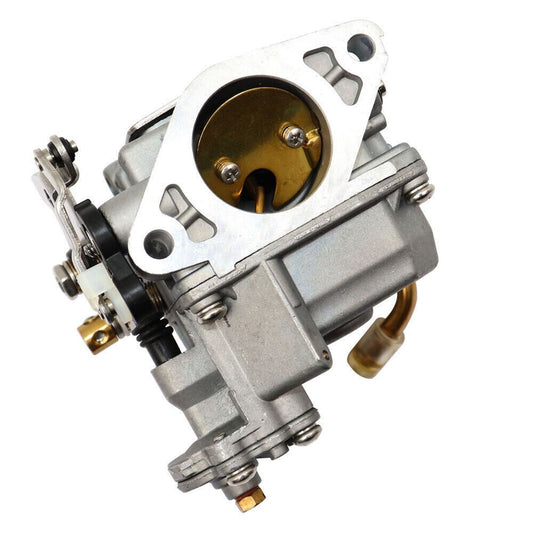
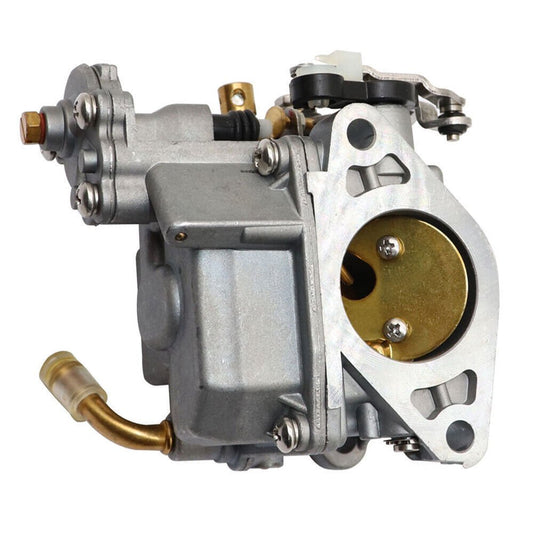
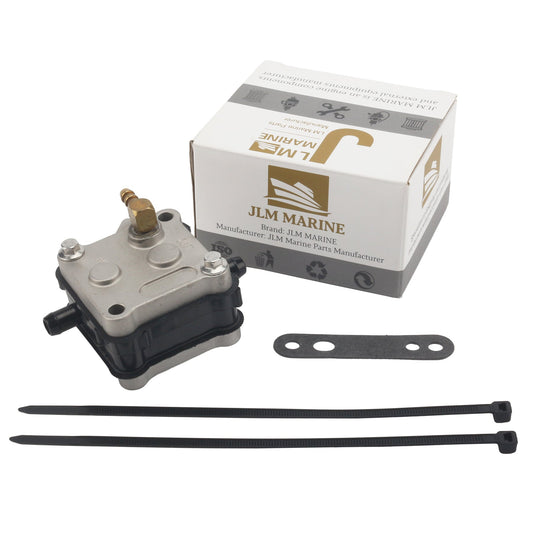
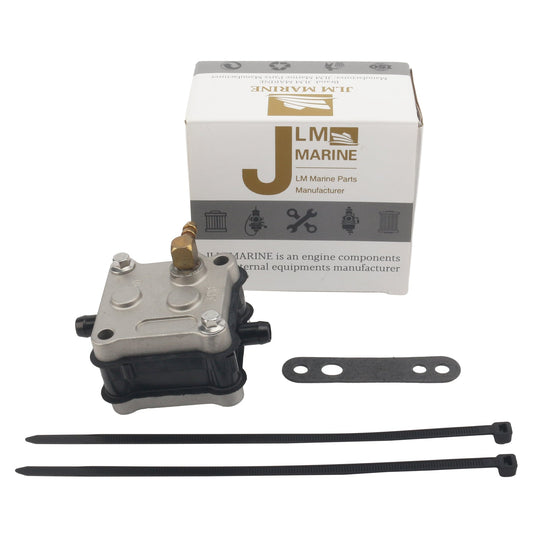
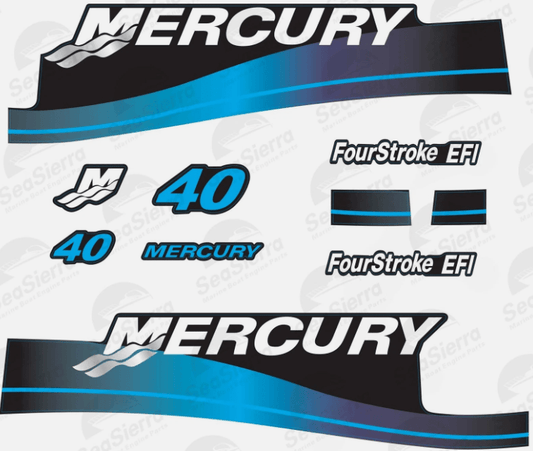
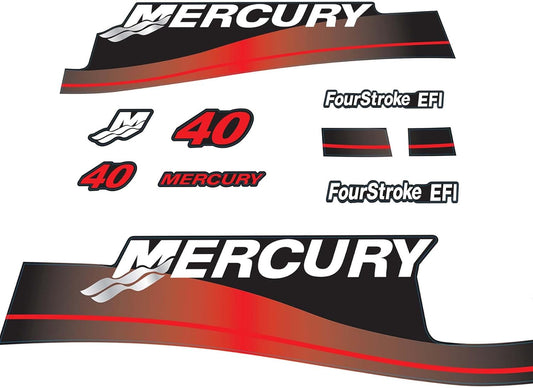
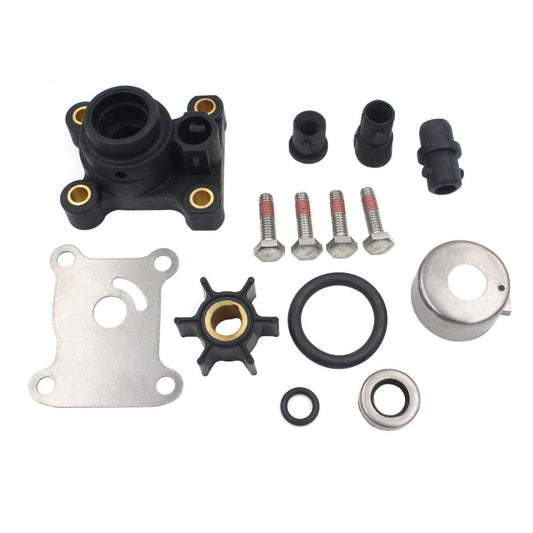
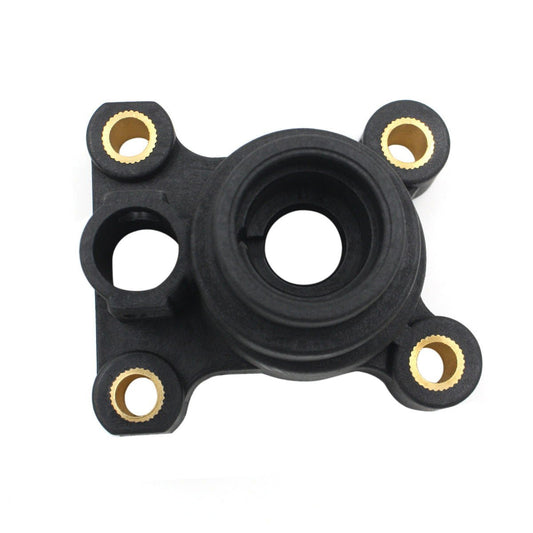
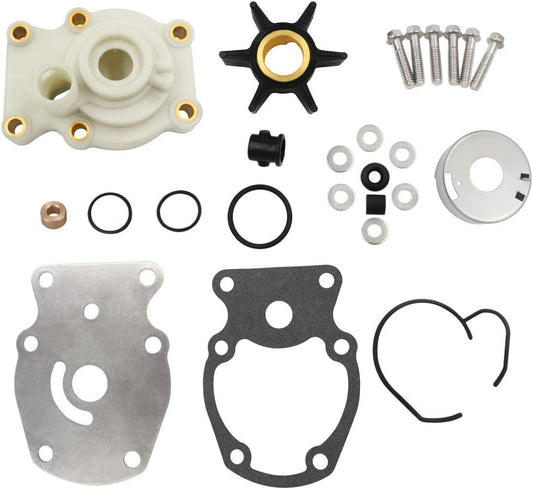
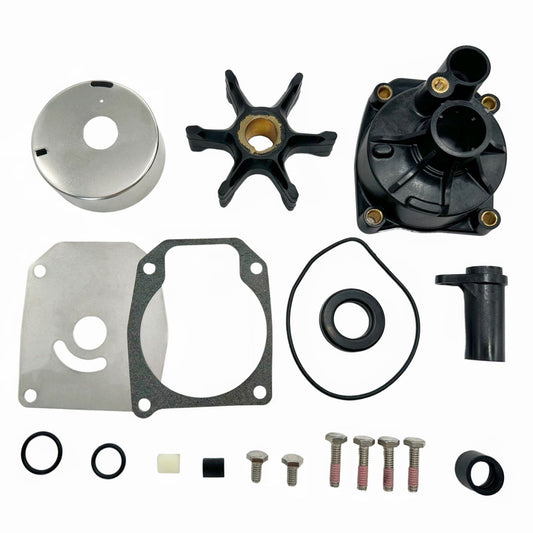
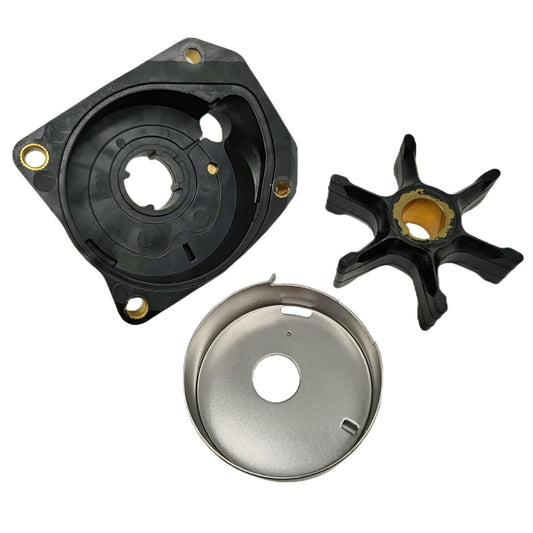
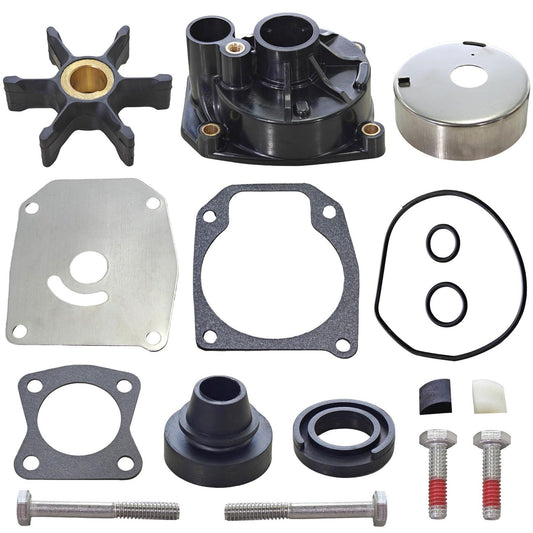
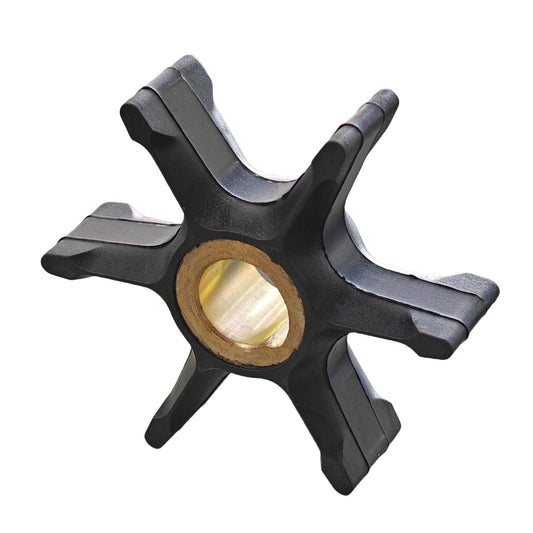
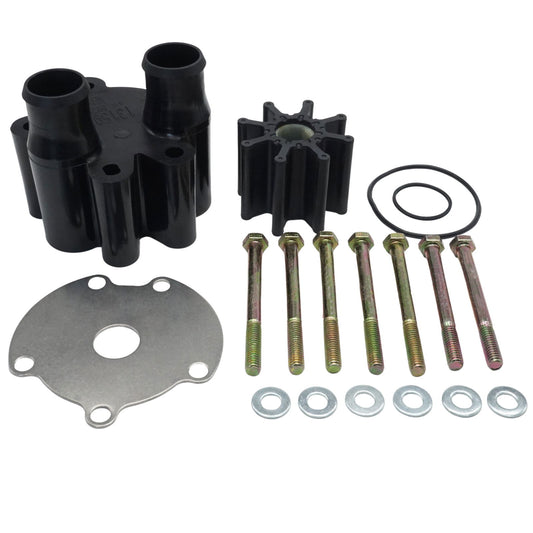
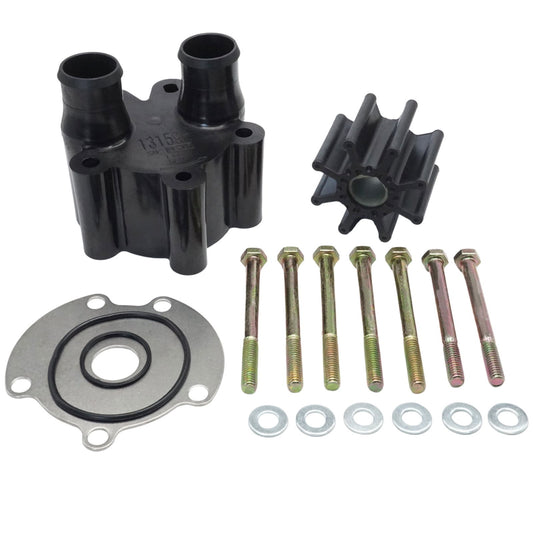
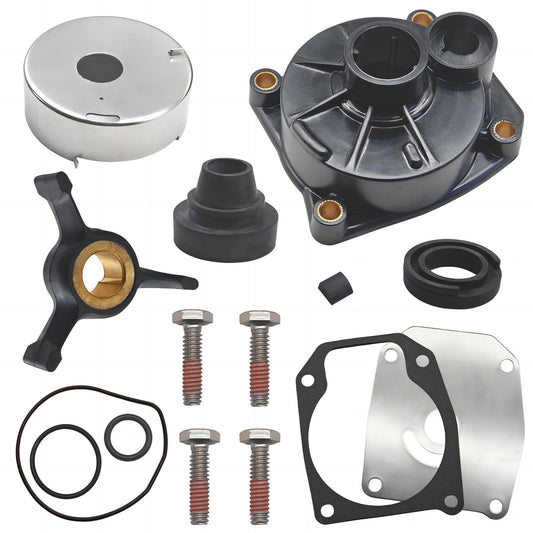
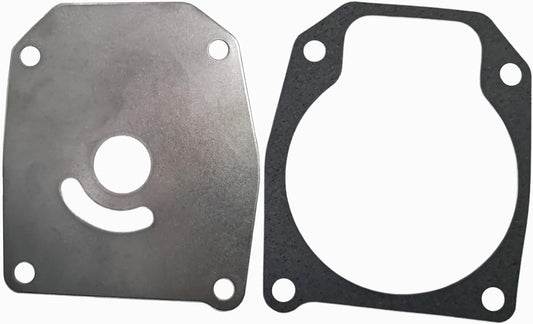
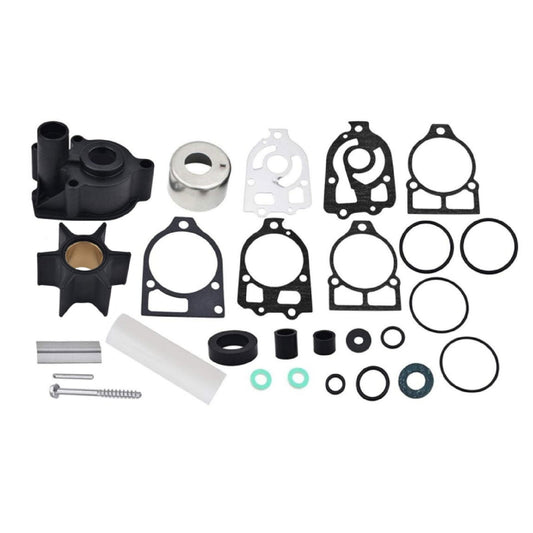
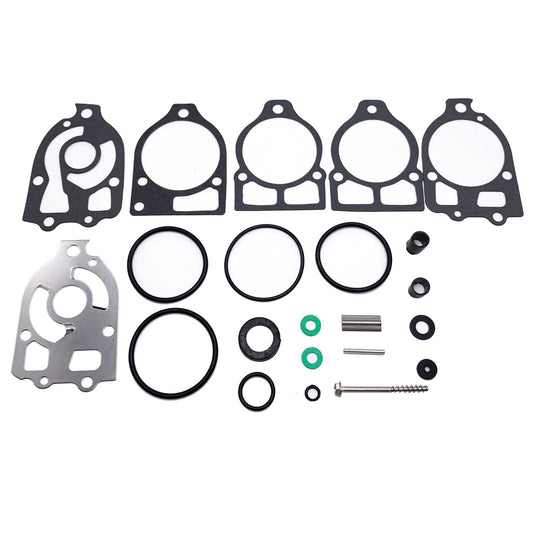
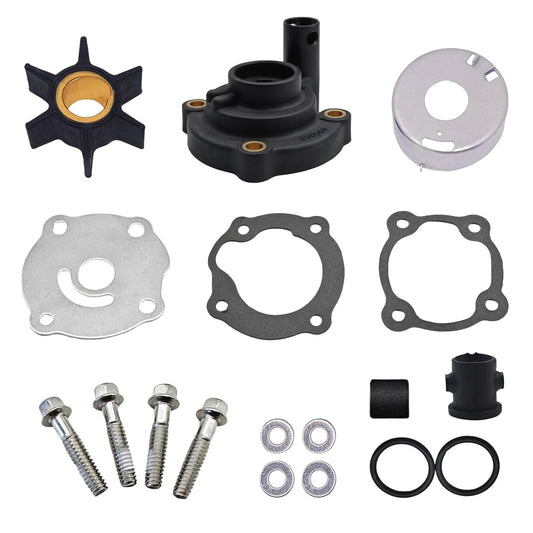
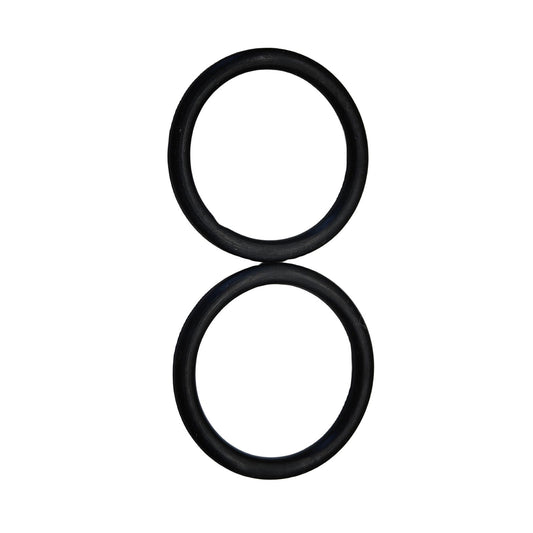
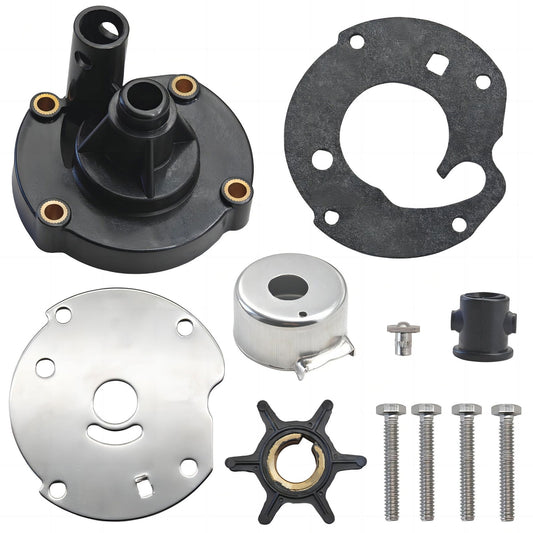
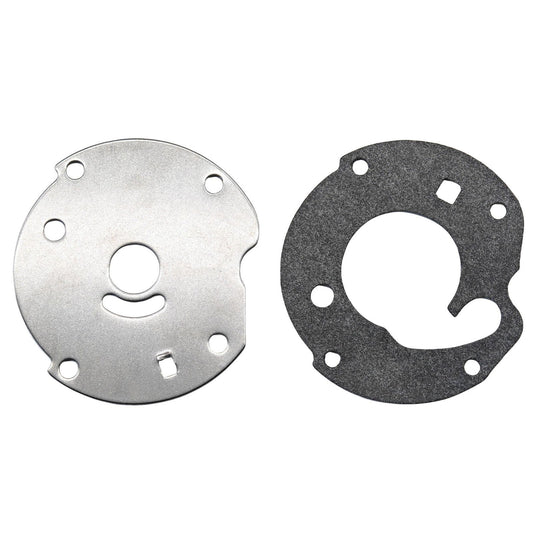

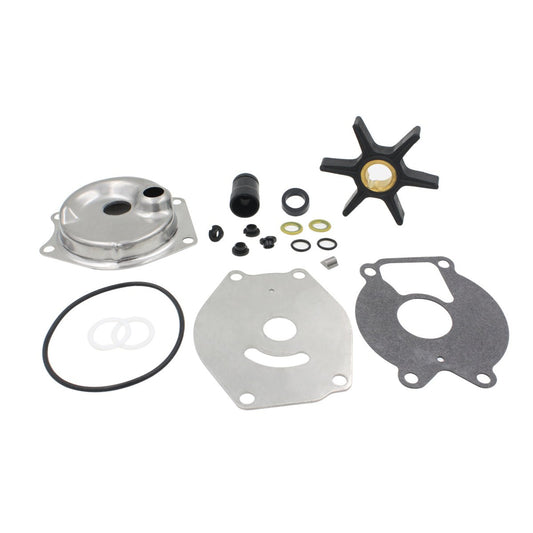
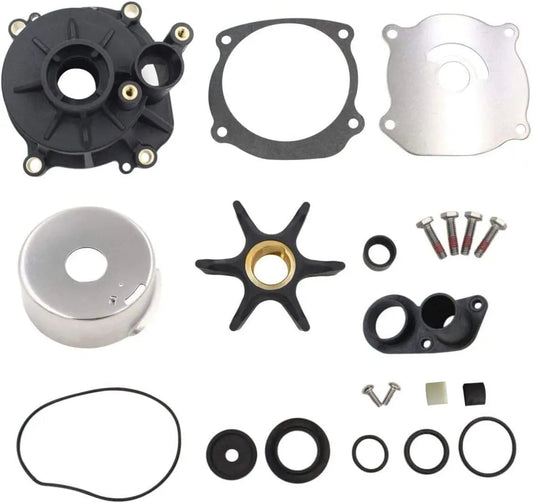
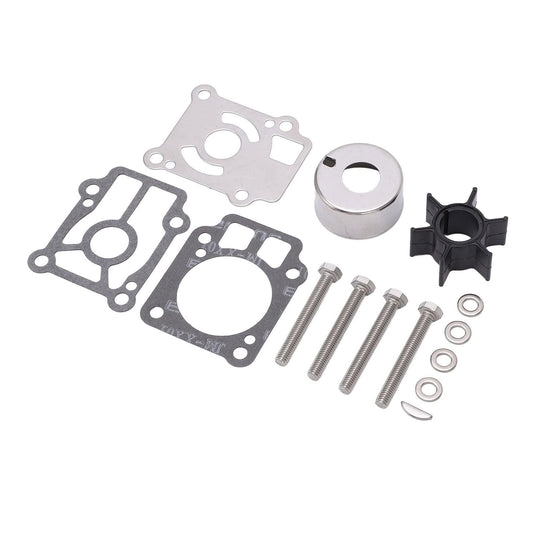
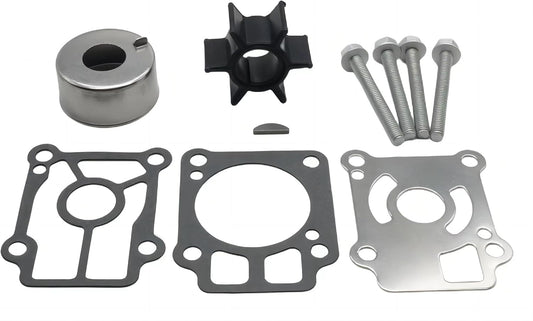

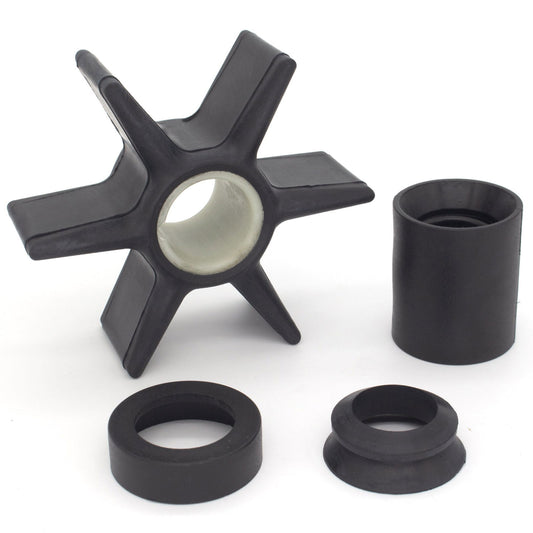
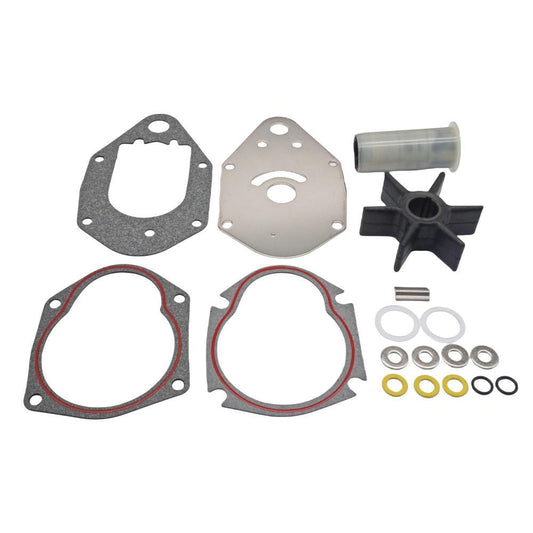
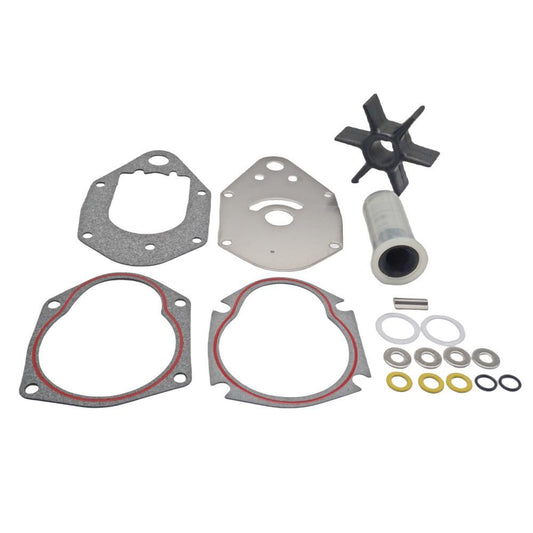
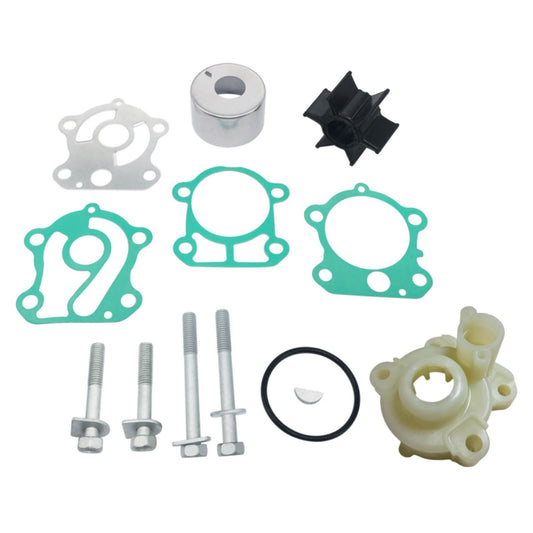
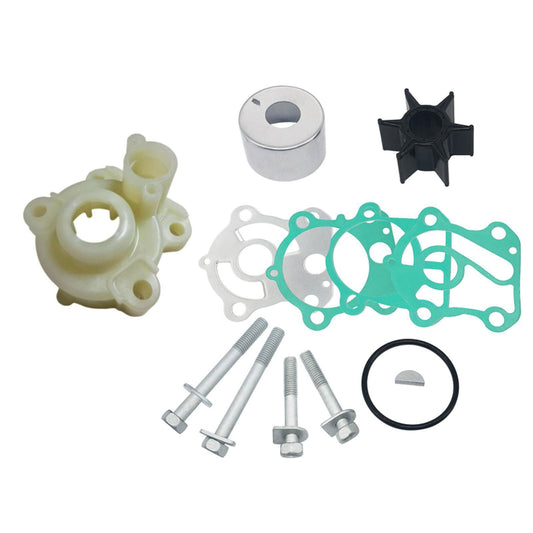
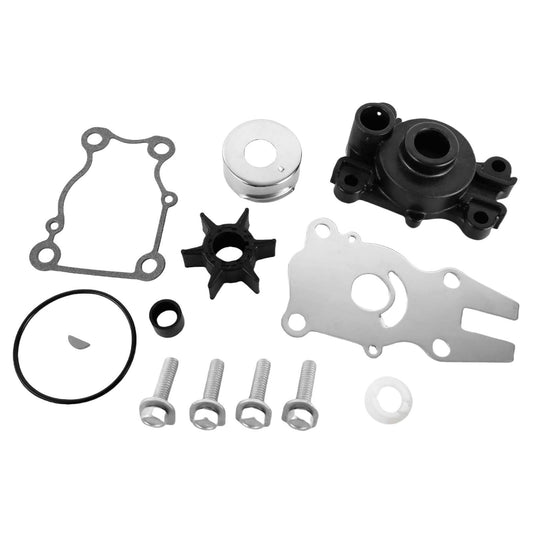
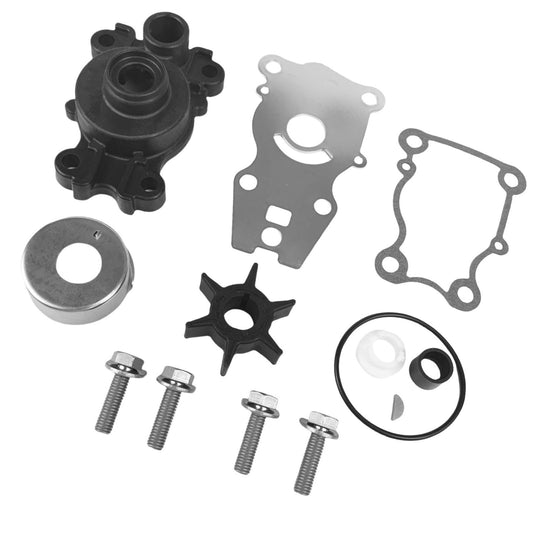


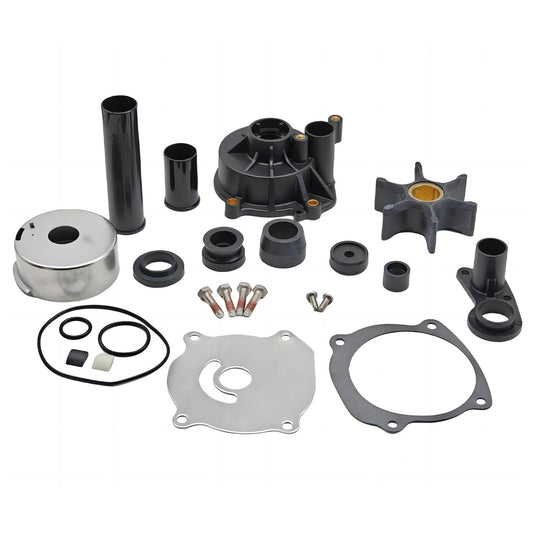
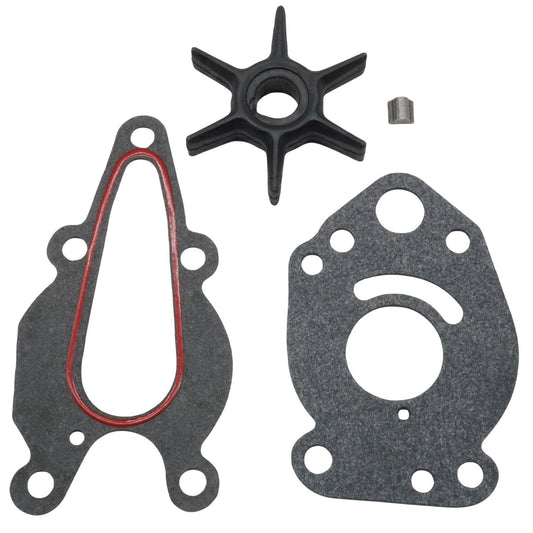

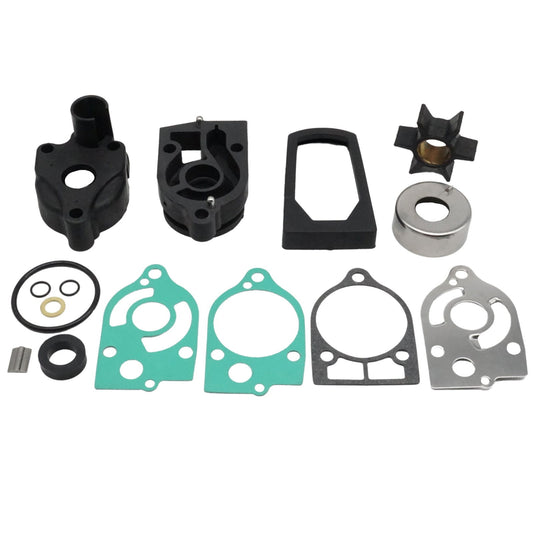

Leave a comment
Please note, comments need to be approved before they are published.